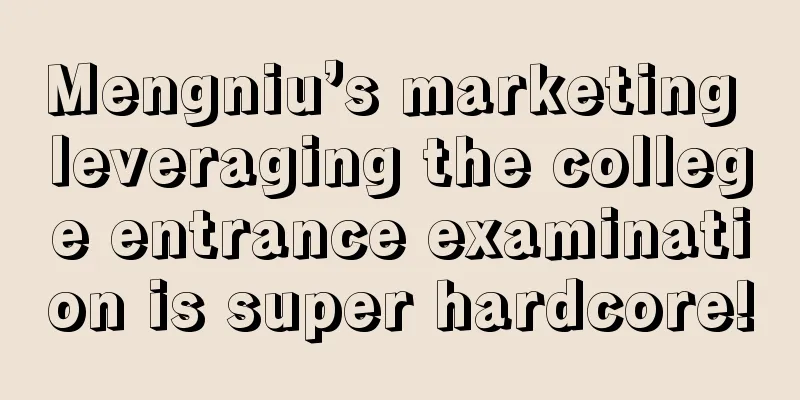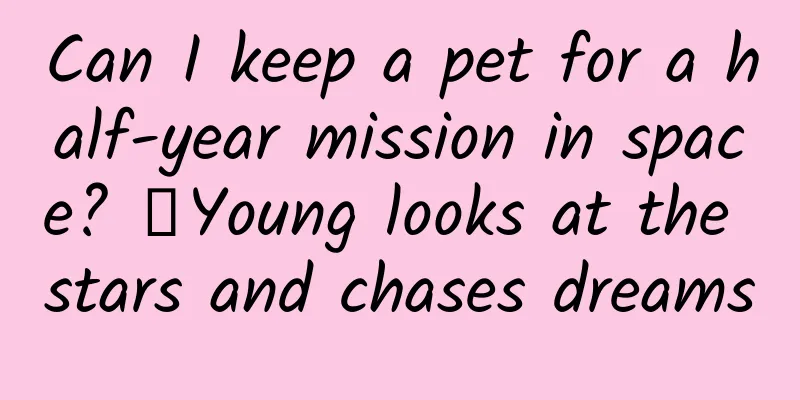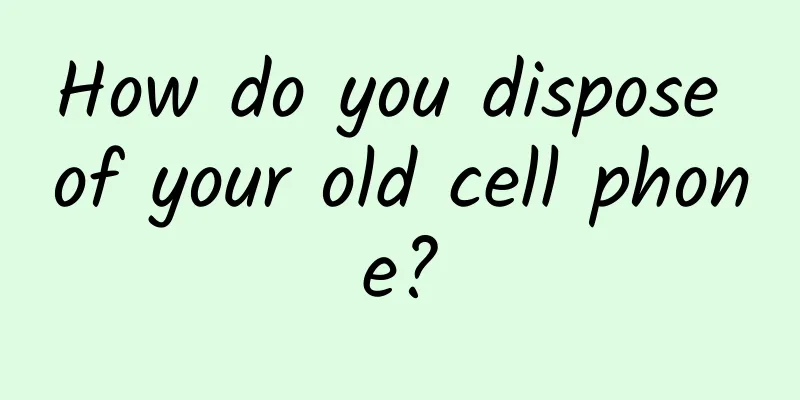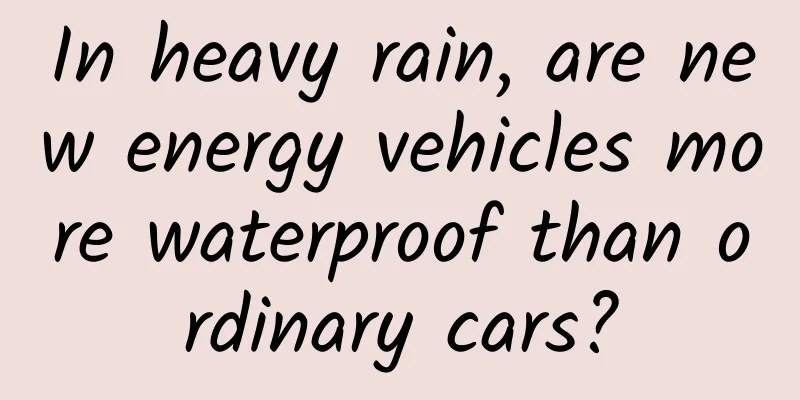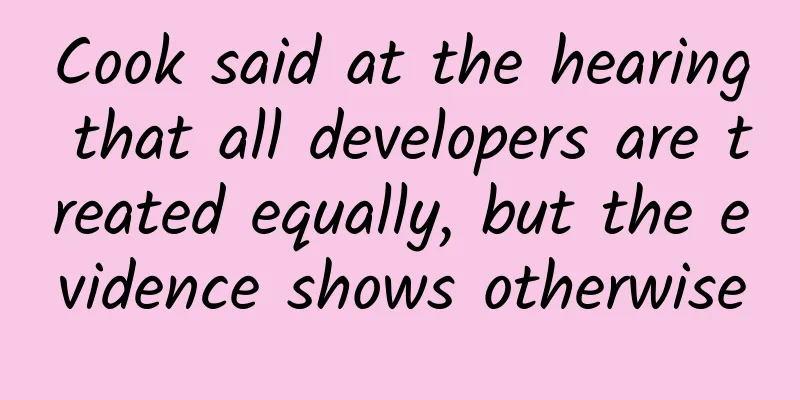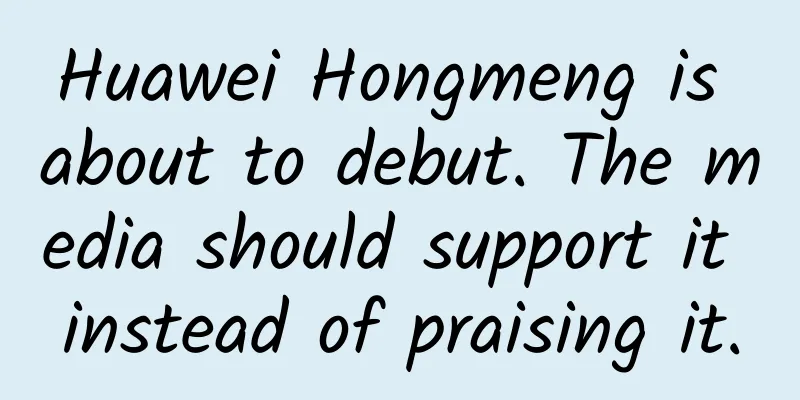The Self-cultivation of a "Bartender"
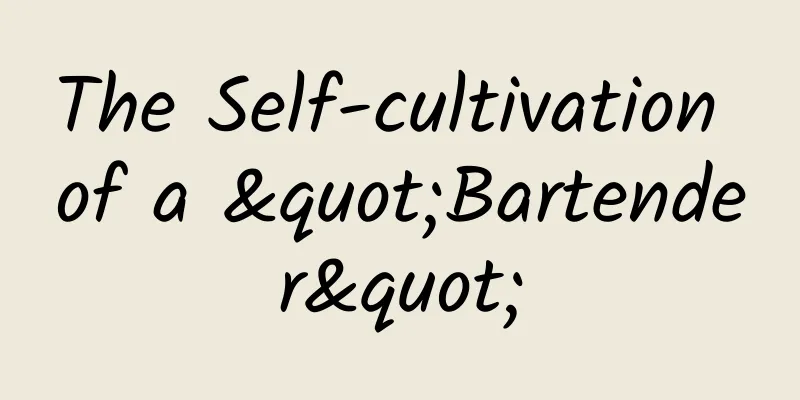
|
Let’s first look at this question: There is a classmate like this: Li Ping, 26 years old, is lively and cheerful, and is responsible in her work. She was a cadre of the student union when she was a student. She is always patient in her work and always rises to the challenge when faced with setbacks. She has a wide network of contacts and a large social circle, and is often the center of social networks. She is very friendly and is loved by friends and customers. So, which of the following is more likely? A. Li Ping is a real estate salesperson. B. Li Ping is a real estate salesperson with excellent performance and has won the company's Real Estate Sales Star. Please give a choice. (Image source: Baidu Gallery) ……. Okay, I believe you already have an answer in your mind. I guess you probably chose B. But sorry, the correct answer is A. This phenomenon is called the "conjunction fallacy" in psychology, which means that when we make probability judgments, we think that the probability estimate of the conjunction event composed of two conjunctions is greater than the probability estimate of the conjunction. As in the above question, in terms of probability, B is a subset of A, and under the "misleading" described above, we tend to think that the probability of B is greater than A in probability estimation. (Image source: drawn by the author) It can be found that we live with these irrational biases every moment. We need critical thinking because most of our thinking itself is biased, distorted, incomplete, and insufficiently informed. The quality of our thinking is closely related to the achievements we can make. Part 1 What is critical thinking? "Criticality" originates from "appropriate judgment" and can be defined as "thinking and judging the true value of things based on good judgment and using appropriate evaluation criteria." It is a mode of thinking in which the thinker can improve his or her thinking by analyzing, evaluating, and reconstructing his or her thoughts, no matter what the thinker is thinking about. For example, when faced with the original thinking of "I broke up, I'm not good enough, I don't deserve to fall in love again, I don't deserve happiness", you can adjust it as follows: Analysis: What is the reason for the breakup? Assessment: How much of my responsibility is, how much of the other party’s responsibility is, and what are the objective reasons? Reconstruction: He/she is just not suitable for me. There will definitely be someone more suitable for me in the future. What I can’t bear to part with is not him/her, but my youth. (Image source: Baidu Gallery) Critical thinking is a way of thinking that requires self-control, self-requirement, self-monitoring, and self-correction. It requires strict standards and strict implementation of these standards. It not only requires overcoming the influence of egocentrism and sociocentrism, but also requires effective communication and problem-solving skills. Part 2 Exercise critical thinking and become a "fair thinker" Critical thinking can lead to two results: "self-centeredness" or "fairness". "Fairness" requires us to treat all opinions without prejudice, exclude the influence of personal, family, collective and national feelings and interests, and adhere to good thinking standards. To become a fair thinker, you need to cultivate certain thinking traits, which we will introduce one by one below. 1. Be humble The so-called "mental humility" means recognizing the extent to which one ignores unknown knowledge and recognizing one's own biases and limitations. In life, the information we receive is often limited and biased, and we will arbitrarily support or oppose a certain point of view when there is no evidence to support our judgment. As the situation continues to develop, in the process of new evidence being exposed, we may be constantly slapped in the face while eating melons. The Dunning-Kruger Effect is a typical example. As shown in the figure below, in the "mountain of ignorance" stage, when people lack relevant knowledge and skills the most, it is often more difficult for them to recognize their own shortcomings, and they are more likely to make wrong judgments, or even be unaware of their own ignorance. As our knowledge and skills improve, we will gradually realize our own ignorance. Only by constantly improving our abilities and accumulating knowledge and experience can we move from the "valley of despair" to the "slope of enlightenment", face the complex and diverse information more carefully, and make more rigorous judgments. The Dunning-Kruger effect curve (Image source: Baidu Gallery) 2. Think differently Perspective taking, also translated into English as "viewpoint selection", means thinking about problems from the perspective of others, trying to understand their ideas, preferences, values and needs, and truly learning and understanding their perspectives. This requires us to accurately reproduce other people's ideas and reasoning, and think from the premises, assumptions and perspectives of others. Thinking from other people's perspectives can enhance individual openness, broaden individual vision and thinking, and think about problems from the perspective of others. It is conducive to the generation of creativity and also helps to gain advantages in tasks such as negotiation and debate. (Image source: Baidu Gallery) In life, we can perform the following exercises. (Image source: compiled by the author) 3. Courage to think The so-called intellectual courage means that we need to cultivate the courage to challenge the beliefs of the public. Having intellectual courage means that an individual can face various opinions, beliefs and views impartially, even if it makes people feel painful. Aristotle's "I love my teacher, but I love the truth more" is a typical embodiment of this quality. (Image source: Baidu Gallery) The opposite of mental courage is mental cowardice, which is the fear that one's opinions are different from others. If we lack the courage to think, we will not dare to face and think seriously about opinions, beliefs and viewpoints that are generally considered dangerous and absurd. If we lack the courage to think, we will feel threatened when faced with strongly conflicting opinions and will be unwilling to examine our own thinking, making it difficult to be fair in our thinking. (Image source: Baidu Gallery) 4. Be upright in thinking Integrity of thinking means respecting rigorous thinking, criticizing oneself and others with the same standards, and rejecting "double standards". The opposite of integrity of thinking is hypocrisy, which is a dishonest and self-contradictory state of mind. It will justify and rationalize our unreasonable thinking and behavior. For example, "I" think that not wearing a mask in public places during the epidemic is an uncivilized behavior, but I don't wear a mask when I go shopping in the mall, because "others are wearing it, so it doesn't matter whether I wear it or not". This is a typical double standard way of thinking. (Image source: Baidu Gallery) 5. Perseverance Our thinking is full of simple heuristics and biases. The following are the three most common heuristics in life. Because "lazy thinking" is human nature, and heuristics can save cognitive resources to the greatest extent and reduce the loss caused by thinking. Mental grit requires that thinkers adhere to rigorous rational standards, rather than making judgments based on first impressions or quickly coming up with simplistic answers. It requires us to think long and hard about difficult and unsolved problems and gain deep insights from them. (Image source: compiled by the author) 6. Confidence in Reasoning Critical thinking requires us to value evidence and reasoning as important tools for discovering the truth. If someone asserts that something is correct but does not provide a corresponding statement to support the assertion, then this assertion cannot be called a conclusion, but only a mere opinion (mereopinion), and we should be cautious before accepting this opinion. Accordingly, when we express ourselves, we should clarify the topic, narrow the scope, make the conclusion clear, and provide sufficient reasons and evidence. Reasons are the ideas, evidence, metaphors, categories, and other statements used to support or justify a conclusion. These statements are the basis for building the credibility of a conclusion. You can only judge the value of a conclusion when you have the reasons to support it. It is worth noting that we often use "reverse logic" or "reverse reasoning", that is, in order to make a conclusion stand, we impose a lot of reasons, commonly known as "hindsight". When expressing, we should explore the various reasons for existence as much as possible, weigh them carefully, and then draw conclusions. 7. Independent thinking Autonomous thinking requires us to attach importance to the independence of thinking. It means insisting on thinking with reasonable standards and thinking about things for ourselves instead of accepting other people's opinions without judgment. Autonomous thinkers do not rely on others to decide whether to accept or reject an opinion, and will only accept the opinions of others when there is sufficient evidence. In daily life, we can use the "Five Soul Questions" of "argumentative people" to look at the opinions in various social media, books, and papers, and exercise our independent thinking. (Image source: compiled by the author) Finally, I hope that everyone can cultivate critical thinking traits in life, keep active in thinking, and continue to apply it in life. Be less credulous, ask more questions, think more, practice diligently, and become a "fair" thinker. References: 1. Richard Paul, & Linda Elder. (2013). Critical Thinking Tools. Beijing: Machinery Industry Press 2. Neil Brown, & Stuart Keeley. (2013). Learn to ask questions. Beijing: Machinery Industry Press 3. Daniel Kahneman. (2012). Thinking Fast and Slow. Beijing: CITIC Press 4. Epley, N., Caruso, E., & Bazerman, MH(2006). When perspective taking increases taking: Reactive egosim in social interaction. Journal of Personality and Social Psychology, 91(5), 872-889. Produced by: China Science Expo Author: Qi Shuting, Institute of Psychology, Chinese Academy of Sciences The article only represents the author's views and does not represent the position of China Science Expo This article was first published in China Science Expo (kepubolan) Please indicate the source of the public account when reprinting |
<<: Why is there a hole in a mint? Was it to cut corners?
>>: Understand the “National Unified Market” in 30 seconds!
Recommend
Mobile Internet Advertising Market in 2019!
2019 is already more than halfway through. Lookin...
Comparison of 200-yuan routers: Is JD Cloud Wireless Bao Houyi the biggest dark horse?
Although routers have not been very visible to th...
BMW CFO talks about Apple cars: Not afraid of threats, "sleep soundly", and will continue to maintain its leading position in the industry
According to foreign media reports, BMW Chief Fin...
Suddenly, WeChat suspended account registration. This is what happened.
Today's WeChat is no longer the simple chat s...
Advertising monetization: detailed explanation of advertising display forms and monetization!
With the changes in the current economic situatio...
230,000 patents shared for free: This giant wants to end the global mobile phone patent war
Recently, Google organized the Android phone camp...
H5 marketing hot spots in January 2020
In the blink of an eye, today is already the thir...
Alibaba TrustPass Operation Tutorial (31 video lessons in total)
Chapter 1: Understand the platform and your own p...
Elvis Presley's grandson shot himself, and the police are investigating the reason!
[Elvis Presley's grandson shot himself] Accor...
Foodies are rushing in! "Where can I find apple-flavored mushrooms? I'll help you taste them and see if they're delicious."
Recently, a "white mushroom" grew on an...
Starting from 4 dimensions, let information flow ads accurately reach users
In 2011, Tiwtter launched a new advertising forma...
No weather forecast? This is how the ancients predicted the weather...
Technology changes our lives. Today, we can learn...
Nanjing salted duck production tutorial Salted duck making video tutorial Baidu network disk cloud
Nanjing salted duck production tutorial Salted du...
Deyang Mini Program Production Company, how much does it cost to make a red envelope mini program?
The launch of mini programs has brought convenien...
Li Xiaomeng's personal profile: SEO friendly link cheating, do you know about it, website owner?
Link cheating is a despicable behavior in SEO. Li...


